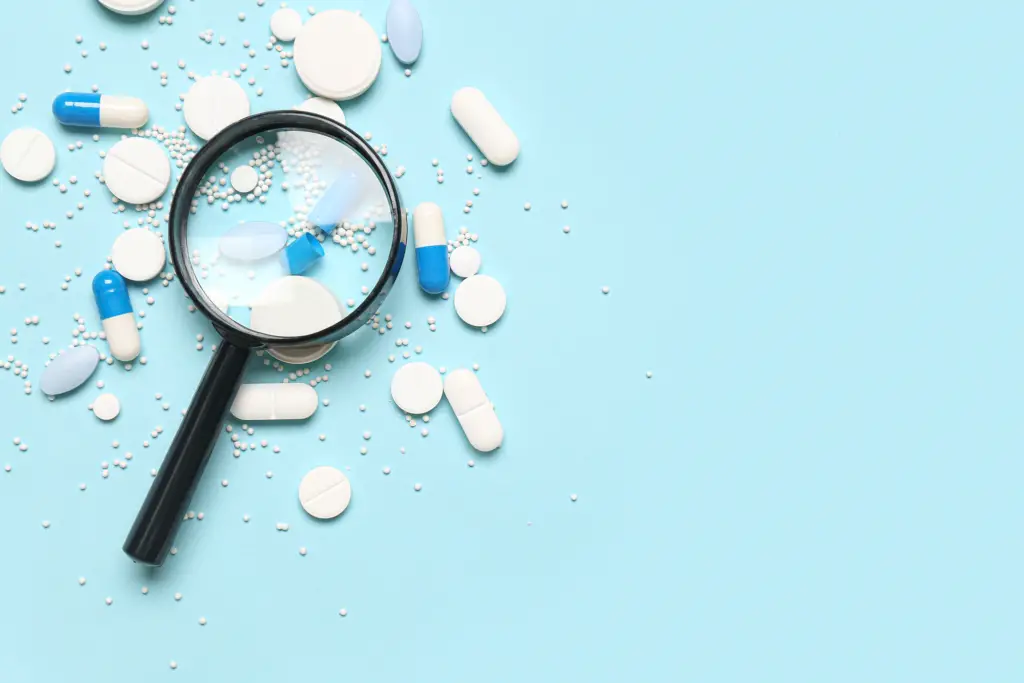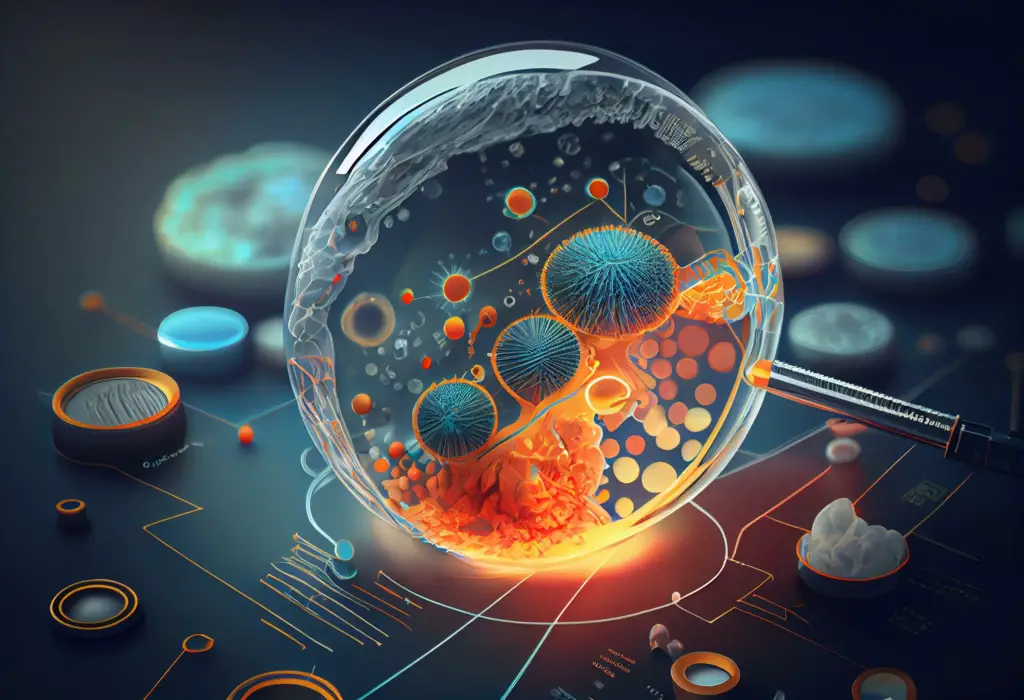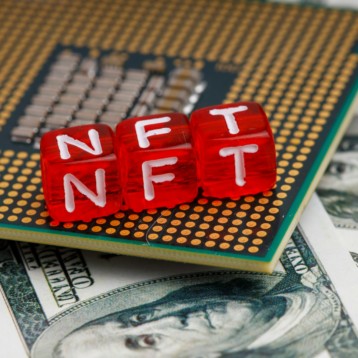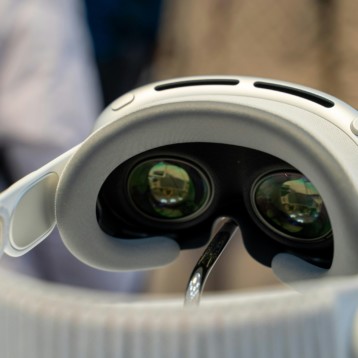Drug detection and monitoring are critical to our society’s efforts to combat illicit-substance and medication use. They serve as a crucial tool in law enforcement, helping to identify substance abusers, monitor compliance with drug treatment programs, and track drug use trends in various populations.
According to the Centers for Disease Control and Prevention, drug overdose is the leading cause of injury-related deaths in the US, with death rates increasing by 31% between 2019 and 2020. This has led to the need for accurate and rapid drug detection methods.
Recent advancements in technology and biomedical sciences have led to significant improvements and innovations in this field. The results have enhanced the efficiency and effectiveness of drug detection and monitoring processes. This article will look at the top trends that are currently shaping drug detection and monitoring.
Toxicology screens

A toxicology screen is a test to identify specific drugs in an individual’s blood, urine, or saliva. This screen is typically used in various scenarios, such as employment drug testing, forensic analysis, and medical diagnostics. Traditional toxicology screens must expand their scope and sensitivity despite their widespread use.
However, recent advancements have transformed the field of toxicology, enhancing the performance of these screens. A modern toxicology panel is more sensitive such that itcan detect smaller substances and identify a broader range of drugs. Newer toxicology screens can detect up to 30 different types of drugs, while traditional tests are limited to detecting 10 to 20 substances.
The improvement in toxicology screens doesn’t only offer a broader range of drug detection, better accuracy, and faster results. It’s a significant leap that allows for timely interventions, particularly in emergency scenarios.
Enhanced biosensors
Biosensors are analytical devices that detect biological reactions and convert them into electrical signals that can be measured and analyzed. They have proven particularly useful in drug detection, identifying specific substances within biological samples.
The advent of biotechnology has brought about significant improvements in this field, with enhanced biosensors now being used in drug detection and monitoring. Today’s biosensors offer better sensitivity, allowing for more accurate detection and faster response times, providing results within minutes rather than hours.
According to a review by ResearchGate, advancements in biosensors have enabled the detection of illicit drugs in quantities as small as a few nanograms per milliliter, which was impossible with earlier technologies.
Not only do enhanced biosensors offer superior sensitivity and faster results, but they are also capable of detecting a broader range of substances,including new psychoactive substances (NPS) that are constantly emerging. This makes them an important tool for law enforcement and public health officials in the fight against drug abuse.
Wearable technology
Wearable technology has rapidly evolved over the past decade and has found its application in various sectors, including healthcare and wellness. One of the latest breakthroughs in this field is the development of wearable devices for drug detection and monitoring. There are drug-detecting smartwatches and wristbands, among others,that can monitor physiological signs, providing real-time data on potential substance use.
While these wearable devices offer the advantage of continuous monitoring without disrupting daily life, they also present some challenges. The main challenges revolve around ensuring user privacy and dealing with potential false positives and negatives. Despite these challenges, the potential benefits of wearable technology for drug detection and monitoring are immense.
Some wearable devices can detect changes in skin temperature and heart rate patterns, which may indicate substance use. These developments suggest that wearable technology holds great promise for enhancing drug detection and monitoring capabilities.
Nanotechnology

Compared to traditional methods, nanotechnology offers a more efficient and sensitive approach to detecting and monitoring drugs in the body.
One application of nanotechnology in drug detection is the development of nanosensors. These tiny sensors can be designed to specifically target certain drugs and provide real-time information about their presence in the body. Nanosensors can be engineered to emit fluorescent signals or change color when they come into contact with a specific drug molecule, making it easy to detect the presence and concentration of the drug.
Nanotechnology can also be used in drug monitoring by creating nanoscale devices that continuously measure drug levels in the body. These devices can be implanted or attached to the skin, allowing for non-invasive and continuous monitoring. With real-time information on drug concentrations, healthcare providers can adjust medication dosages or treatment plans as needed, resulting in personalized and optimized therapy.
AI and machine learning
Artificial intelligence (AI) and machine learning (ML) are redefining many technology areas, and drug detection and monitoring is no exception. By processing and analyzing vast amounts of data, AI and ML can identify patterns and make predictions beyond human capability. This has resulted in a surge of interest in applying AI and ML to enhance drug detection methods.
In drug detection, AI and ML applications are being developed to predict substance abuse patterns, analyze drug test results, and even recognize the physical signs of drug use. These innovations offer the potential for faster, more accurate identification and monitoring of substance use.
One of the breakthroughs in this field is using AI to identify drug abuse trends by analyzing social media content. A study from the University of California found that AI algorithms can identify linguistic patterns associated with substance abuse with an accuracy rate of up to 90%. This shows the potential for AI and ML to enhance drug detection methods and strategies.
Advanced imaging techniques
Advancements in imaging technology have brought about new possibilities in drug detection. These techniques offer a non-invasive way to monitor drug use and can provide detailed insights into how substances affect the body. High-resolution imaging can reveal structural and functional changes in the brain and other organs resulting from substance abuse.
One of the most significant advancements in imaging techniques for drug detection is functional magnetic resonance imaging (fMRI). This technique can detect changes in blood flow in the brain.
fMRI could accurately detect cocaine-induced changes in brain activity. This shows how advanced imaging techniques can be used to monitor drug use and its effects on the body.
Conclusion
The drug detection and monitoring field is witnessing a surge of innovations thanks to advancements in technology and biomedical sciences. From enhanced toxicology screens and biosensors to wearable technology, AI, and nanotech-based detection, these trends offer significant potential for improving drug detection and monitoring capabilities.
They also promise to deliver more personalized and effective strategies for combating substance abuse and misuse. As we continue to embrace these trends and innovations, the future of drug detection and monitoring looks bright.










